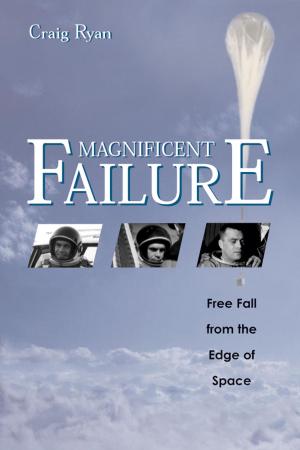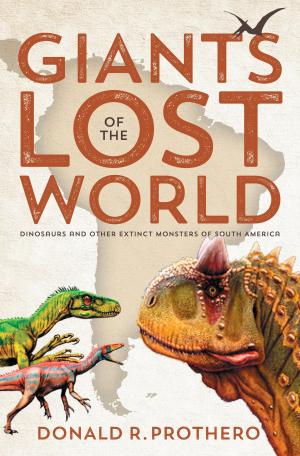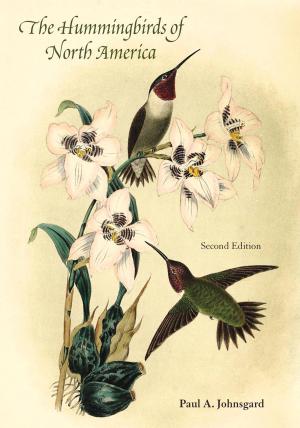Komodo Dragons
Biology and Conservation
Nonfiction, Science & Nature, Nature, Reptiles & Amphibians, Science, Biological Sciences, Zoology, Animals| Author: | ISBN: | 9781588345134 | |
| Publisher: | Smithsonian | Publication: | March 31, 2015 |
| Imprint: | Smithsonian Books | Language: | English |
| Author: | |
| ISBN: | 9781588345134 |
| Publisher: | Smithsonian |
| Publication: | March 31, 2015 |
| Imprint: | Smithsonian Books |
| Language: | English |
More than twenty years have passed since Walter Auffenberg's monumental The Behavioral Ecology of the Komodo Monitor. In the intervening years the populations of Komodo dragons—native only to a handful of islands in southeast Indonesia—have dwindled, sparking intensive conservation efforts. During the last two decades new information about these formidable predators has emerged, and the most important findings are clearly presented here.
A memoir from Walter Auffenberg and his son Kurt is followed by the latest information on Komodo dragon biology, ecology, population distribution, and behavior. The second part of the book is dedicated to step-by-step management and conservation techniques, both for wild and captive dragons. This successful model is a useful template for the conservation of other endangered species as well, for, as Kurt and Walter Auffenberg note, “The species may well indeed survive in the wild for generations to come while countless other organisms are lost.”
More than twenty years have passed since Walter Auffenberg's monumental The Behavioral Ecology of the Komodo Monitor. In the intervening years the populations of Komodo dragons—native only to a handful of islands in southeast Indonesia—have dwindled, sparking intensive conservation efforts. During the last two decades new information about these formidable predators has emerged, and the most important findings are clearly presented here.
A memoir from Walter Auffenberg and his son Kurt is followed by the latest information on Komodo dragon biology, ecology, population distribution, and behavior. The second part of the book is dedicated to step-by-step management and conservation techniques, both for wild and captive dragons. This successful model is a useful template for the conservation of other endangered species as well, for, as Kurt and Walter Auffenberg note, “The species may well indeed survive in the wild for generations to come while countless other organisms are lost.”















